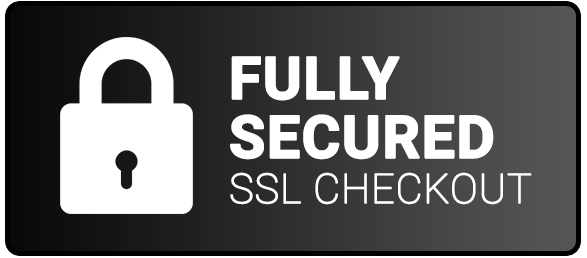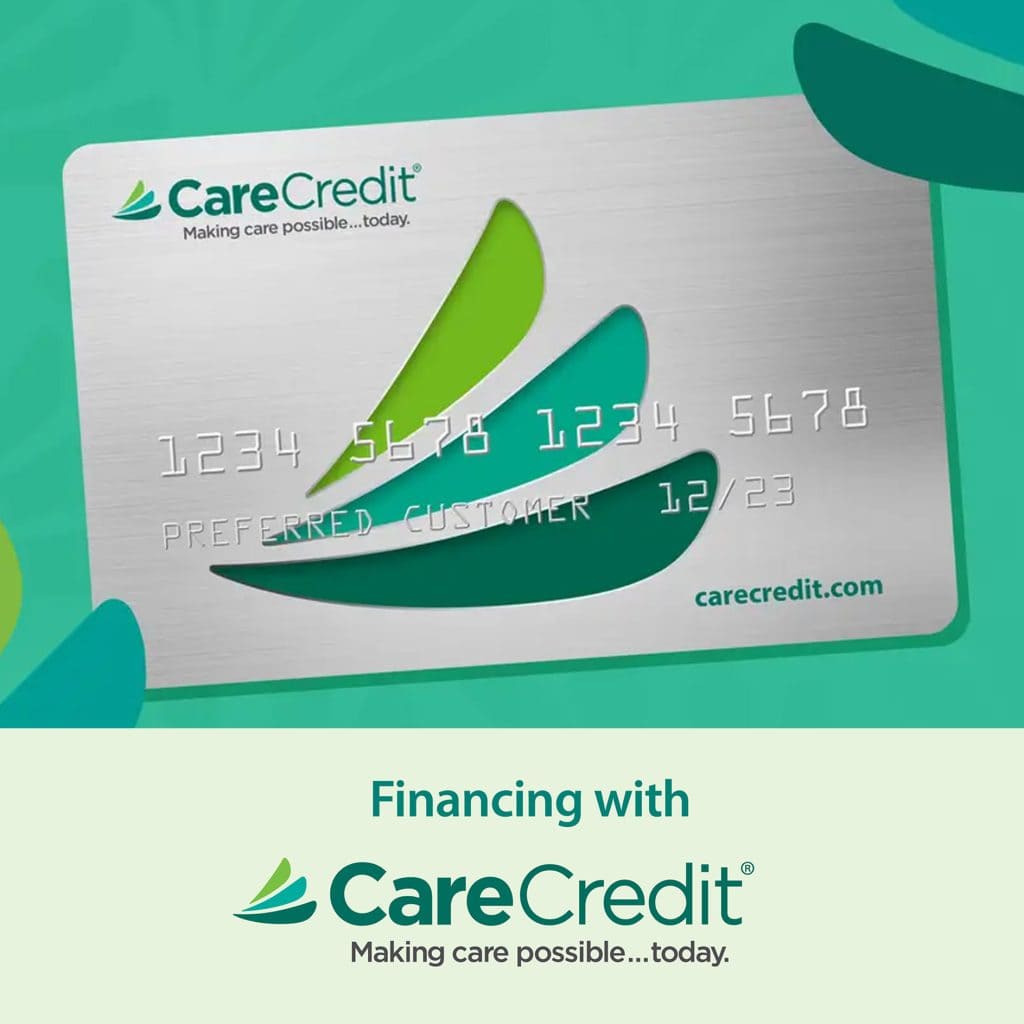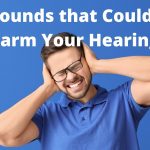The world is a noisy place, and depending on where you are at a given time, the environmental noise can make it even louder. Thanks to the Occupational Safety and Health Administration (OSHA), hearing protection in a noisy workplace is standard issue. On construction sites, for example, workers wear hearing protection based on the decibel (dB) level and the length of time to which they are exposed to loud noise. Musicians wear moldable ear molds, and proper hearing protection is required at firing ranges.
There are times when you may not think to protect your ears from loud noise levels, though. Everyday activities like commuting on a highway or riding the subway can be environments where the noise levels can get very high. Activities that are more infrequent, like boating or trips to an amusement park, may still present a hearing health hazard even though your exposure time is less overall. It only takes a short exposure to a loud noise one to impart permanent damage.
What is Considered Too Loud?
The units used to measure sound are called decibels (dB). Generally safe levels are below 75 dB, while sounds louder than 85 dB can lead to noise-induced hearing loss (NIHL), according to the National Institute on Deafness and Other Communication Disorders (NIDCD). NIHL is a permanent condition that affects nearly 40 million American adults. Again, very loud noises only need a short time to cause permanent disabling hearing loss. Normal conversation, for instance, measures in at about 60 dB.
For the most part, almost all of the ways in which we travel to work, school, and play are noisy. Even though car interiors are more lush and quiet than ever before, the noise outside can often clock in at surprisingly high levels. Freeway traffic can average 70 dB, heavy traffic measures about 85 dB, passing motorcycles are a dangerous 100 dB, and emergency sirens, often heard from blocks away, can be as loud as 115 dB. People who drive for a living (taxi cab, carshare, bus, et cetera) may be more at risk for NIHL. People who work on busy city streets may also be at risk, such as food or news vendors and traffic cops.
You may not realize it immediately or at all, but one source of loud, sharp sound could be coming from our own best friend: your dog. A dog’s bark can measure in between 80-90 dB, depending on the breed, and though your dog likely does not bark for eight hours a day, close proximity for a prolonged period of time can have damaging effects on your ears. People who work in kennels as groomers or caregivers could be at risk for developing NIHL if they do not protect their hearing. Aside from the animals, the clippers and hair dryers can produce another 100 dB to add to the cacophony of sound.
Life Out Loud
Enclosed spaces often have the potential to be louder since the sound cannot escape and disperse, but sometimes life outside can be just as noisy. For example, outdoor events, like parades, sporting events, and fireworks can have dangerously high decibel levels. Fire engines and other emergency vehicles can measure in at an average of 115 dB.
Marching bands can easily surpass the safe listening threshold of 85 dB as there are many sections of sound working in unison while maintaining large formations in space. A Duke University experiment once recorded a drumline rehearsal at 99 dB over a 30-minute period. Now, imagine that with brass and woodwinds against the echo of buildings for several hours. It is in these situations when your hearing must be protected to prevent permanent damage.
Protect Your Hearing, Protect Your Health
A good way to protect your hearing against NIHL is to know when an environment is too loud so that you can take preventative measures. You should feel confident in being social with family and friends, and a way to do that is to plan ahead. If everyone is headed to a baseball game over the weekend, grab a pair of earbuds from the pharmacy during the week and keep them with your lip balm, sunglasses, sunscreen or other essentials. Then, if the game becomes too loud for comfort, you have a way to reduce the sound by an average of 10 dB on your person. As you continue to remind yourself to check in about the event and your healthy hearing needs, it will become second nature.
The best way to protect your hearing is to schedule hearing evaluations with an audiologist annually. Whether you have normal hearing or use hearing aids for moderate to severe hearing loss, a hearing health care professional can give you a thorough diagnosis of your hearing ability and provide a wealth of information about protection and hearing loss prevention.





